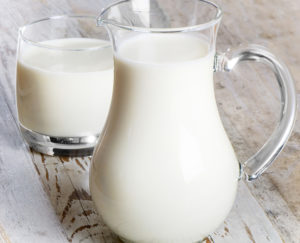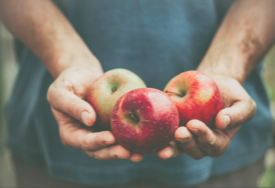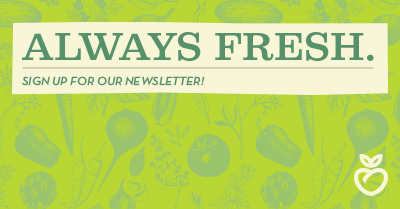Nina’s Tips and Techniques: Milk
 I’ve noticed that everything these days is labeled “whole-milk” this or that, or “full-fat” this or that–forever we’ve been told to choose skim and low-fat milk products… what has changed?
I’ve noticed that everything these days is labeled “whole-milk” this or that, or “full-fat” this or that–forever we’ve been told to choose skim and low-fat milk products… what has changed?
It is true that whole-milk products are trending. This has largely to do with current research on the health impacts of dairy. Since I’m just a cook, I asked my good friend and colleague Kimberly Evans from Whole Health Nutrition to offer some more scientific insight:
“Whole-milk dairy seems to be making a comeback, although we have been enjoying full dairy fat in cheese without much pause. While it may seem like nutrition recommendations are changing, again, the real focus is more on helping people fit real foods that they enjoy into a well-balanced diet. Whole-milk dairy offers more taste, flavor, and satisfaction. Beyond this culinary bonus, it also offers better absorption of fat-soluble vitamins, such as vitamin D, which is an important nutrient for a range of functions including lowering risk of some cancers and improving mood and immunity. “
So should I choose a certain type of milk when cooking or baking?
It is of course your preference. I typically choose whole, simply based on flavor and richness. I’ve noticed most chefs do the same. In the end, it’s really up to you!
What is “scalding” milk? How do I know how hot to get it?
Scalding is a term for lightly heated. It means just heat the milk until it starts to gently bubble at the edges. Scald does not mean boil.
Recipe: Eli’s Bourbon Apple Bread Pudding




